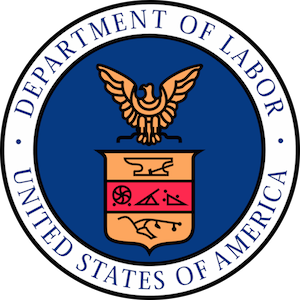CWF Supports EBSA's Proposed Rule on ARPs

Today, the Center for Worker Freedom submitted comments supporting the Employee Benefits Security Administration's new proposed rule on the definition of "employer." CWF supports the new proposed rule because allowing more small businesses to join together to provide retirement benefits will help American workers. To read CWF's comments, please click here or read below:
Dear Ms. Blumenthal:
I am writing in support of the proposed rule on the definition of “employer” under Section 3(5) of ERISA employer plans. The Center for Worker Freedom strongly supports the Employee Benefits Security Administration’s (EBSA) proposed definition because it would provide workers with greater access to retirement accounts through their employers.
The Center for Worker Freedom (CWF) is a nonprofit organization that is dedicated to warning the public about the causes and consequences of unionization. As part of this mission, CWF advocates for workers and their rights. CWF is a project of Americans for Tax Reform.
Today, about 38 million private-sector workers are without retirement plans provided by their employers. That is 32 percent of private-sector employees if part-time workers are included. Part-time workers, self-employed individuals, gig economy workers, and employees for small businesses are the most likely not to have a retirement account through their employers. For example, only 23 percent of contingent workers were eligible to participate in retirement plans in 2017.
These employees are usually not offered a retirement plan because of regulatory complexity and cost. In fact, a Pew Charitable Trusts survey found that almost 40% of small-to mid-sized businesses did not offer a plan because of cost. The Government Accountability Office also found that reporting costs and exposure to liability were the major reasons given by employers for lack of retirement accounts. Allowing more small businesses to join together to offer retirement plans would lower these costs and exposure to liability.
In addition, the Employee Benefit Research Institute forecasts that 24 percent of those aged 35-64 will not be able to pay for their average expenses in retirement. That percentage increases to 43 percent if long-term care expenses are included, and the projected retirement savings deficit is $4.13 trillion. This proposed rule would reduce the number of workers who could not pay their average expenses in retirement.
This new proposed rule would also help minorities. The rule would lead to more workers automatically enrolling in retirement plans because automatic enrollment is more common with larger plans. Automatic enrollment usually increases participation in retirement plans by minorities, including women.
Because the proposed rule would increase the number of workers with retirement plans through their employers, the Center for Worker Freedom supports the EBSA’s new proposed rule.
Sincerely,
Olivia Grady
Senior Fellow





